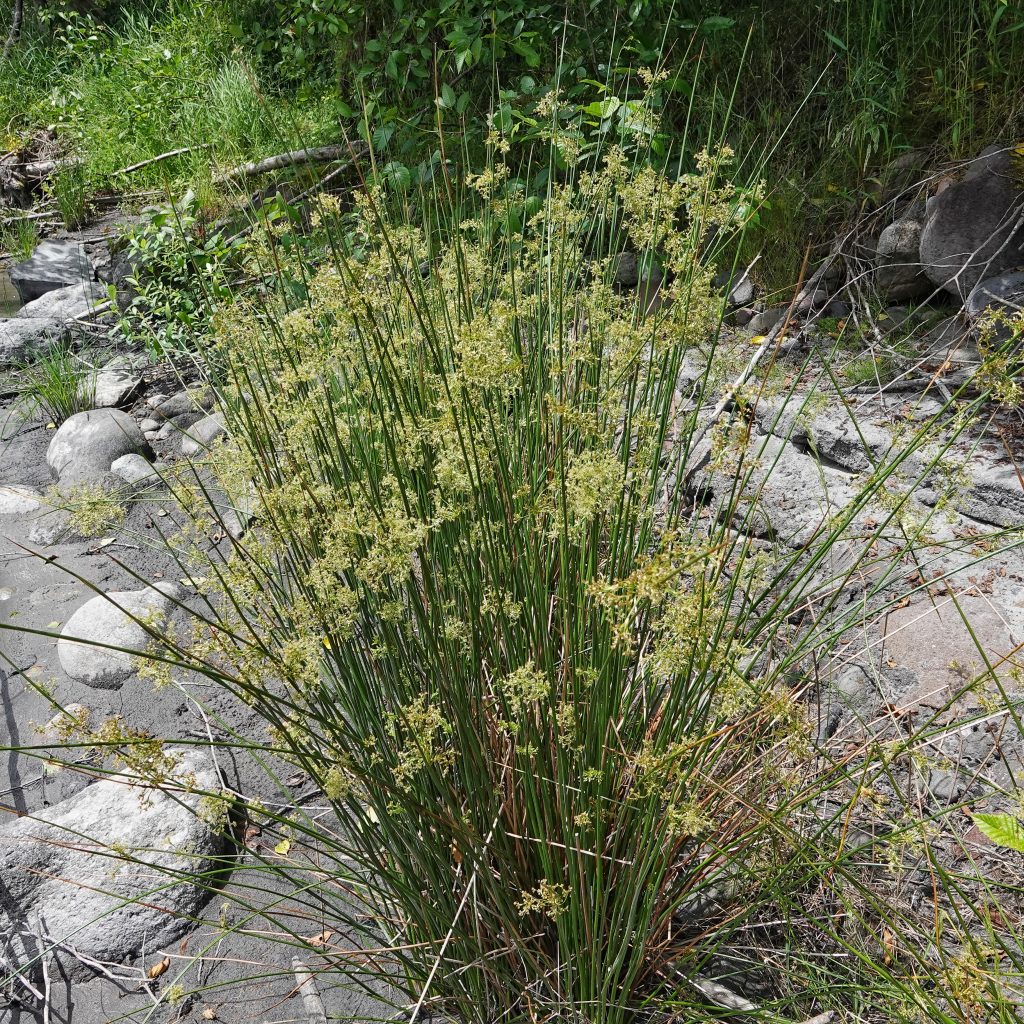
So, I got lucky with my first attempt at identifying a rush, because Juncus effusus (also known as pasture rush, soft rush, lamp rush, and common rush) is quite distinctive (and really rather handsome), with its inflorescence spraying laterally from the stem (although this is just an illusion- what appears to be the stem continuing on is actually a bract of the inflorescence) and I was fairly certain about the species after 10 minutes of perusing photos of various rushes. It got a bit trickier when I started reverse keying it (partly because of my unfamiliarity with terms) to be certain, and discovered there were 3 subspecies in our area (although Flora of North America says subspecies delineation is so confused with this clade that they don’t list any of them, and claim the whole Juncus effusus complex is in need of revision). This necessitated a return trip to the NF Toutle River (hardly an onerous task, though with the price of gas right now it is certainly not a cost free one) to verify the sheath apex, which was something that hadn’t occurred to me to look for when I first photographed it. The upshot was that it is not, as I’d hoped, our native subspecies (J. e. pacificus), but is instead the cosmopolitan and introduced J. e. effusus.
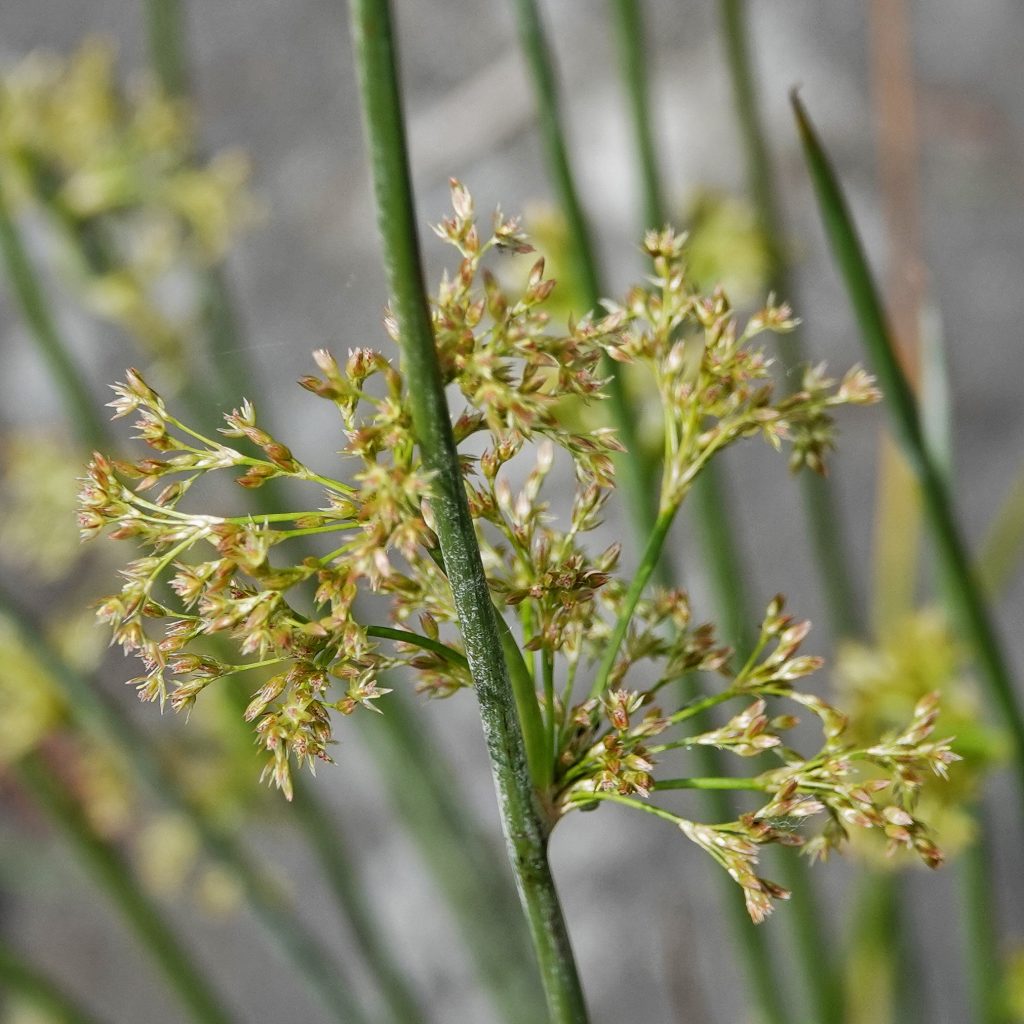
Juncus effusus is relatively unpalatable (and thought by some to be poisonous to mammals, although that may also be because it draws heavy metals from the soil), so except for occasional consumption of young shoots it hasn’t been utilized as a food source. However herbalists have used pith from the stem to treat sore throats, jaundice, edema, acute urinary tract infection, and croup, and some indigenous cultures used a decoction of the whole plant as an emetic, babies thought to be lame were washed with it to strengthen them. However, their primary usage of this rush was for weaving baskets and mats (although it may have been considered to be an inferior rush for this purpose, since many of the items were only for temporary use, and it was used when training young weavers), and for braiding into cordage
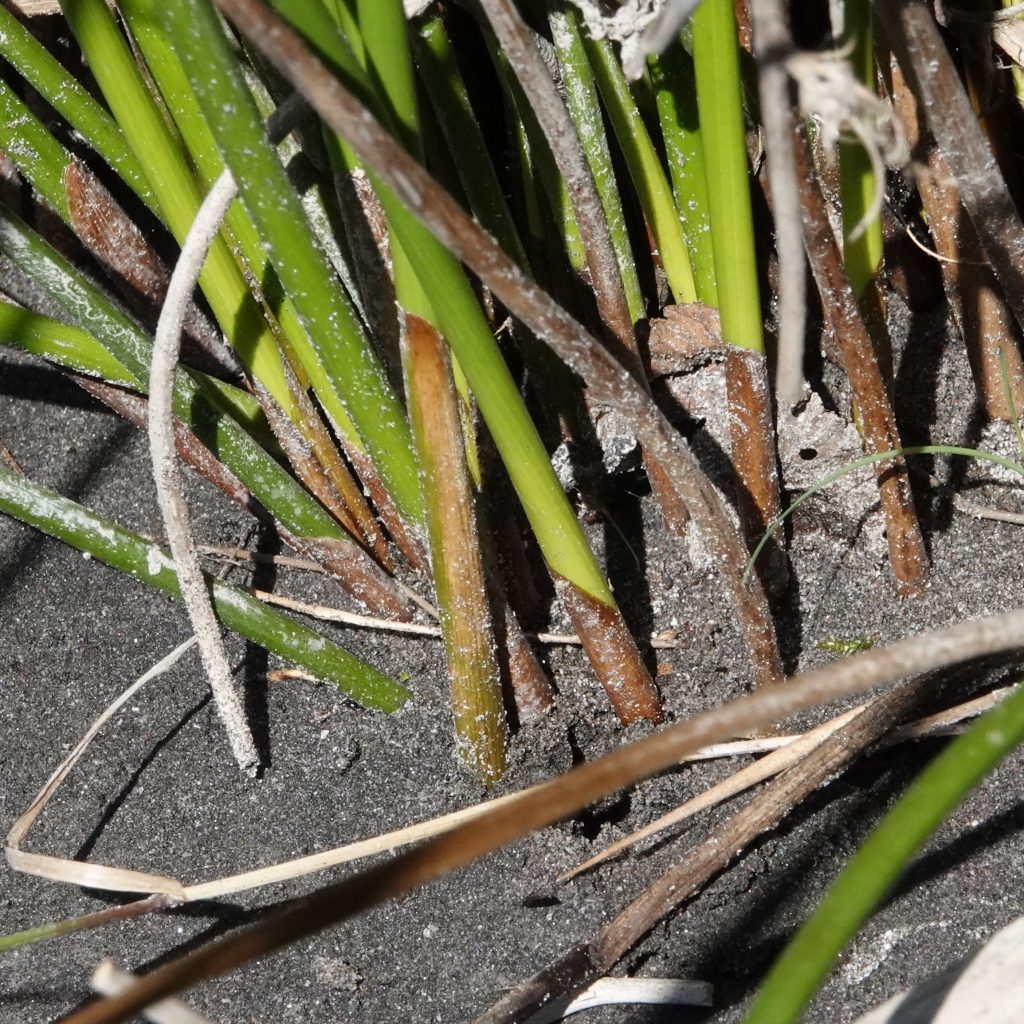
Description-Perennial; Medium sized (up to 40” tall) cespitose (forming clumps like bunchgrass) rush, with inflorescence appearing to extend laterally from the stem, a sheath that is less than 15cm long and comes to a smooth point; inflorescence congested but wide, and flowers have 3 sepals; stems are 2.2-4.9mm in diameter, and are smoothly ridged.
Similar species-Subspecies J. e. pacificus has a rolled sheath top; J. e. solutus has sheaths greater than 15cm long; other Juncus with lateral inflorescence have 6 sepals, and/or dense, globular inflorescences, or aren’t cespitose.
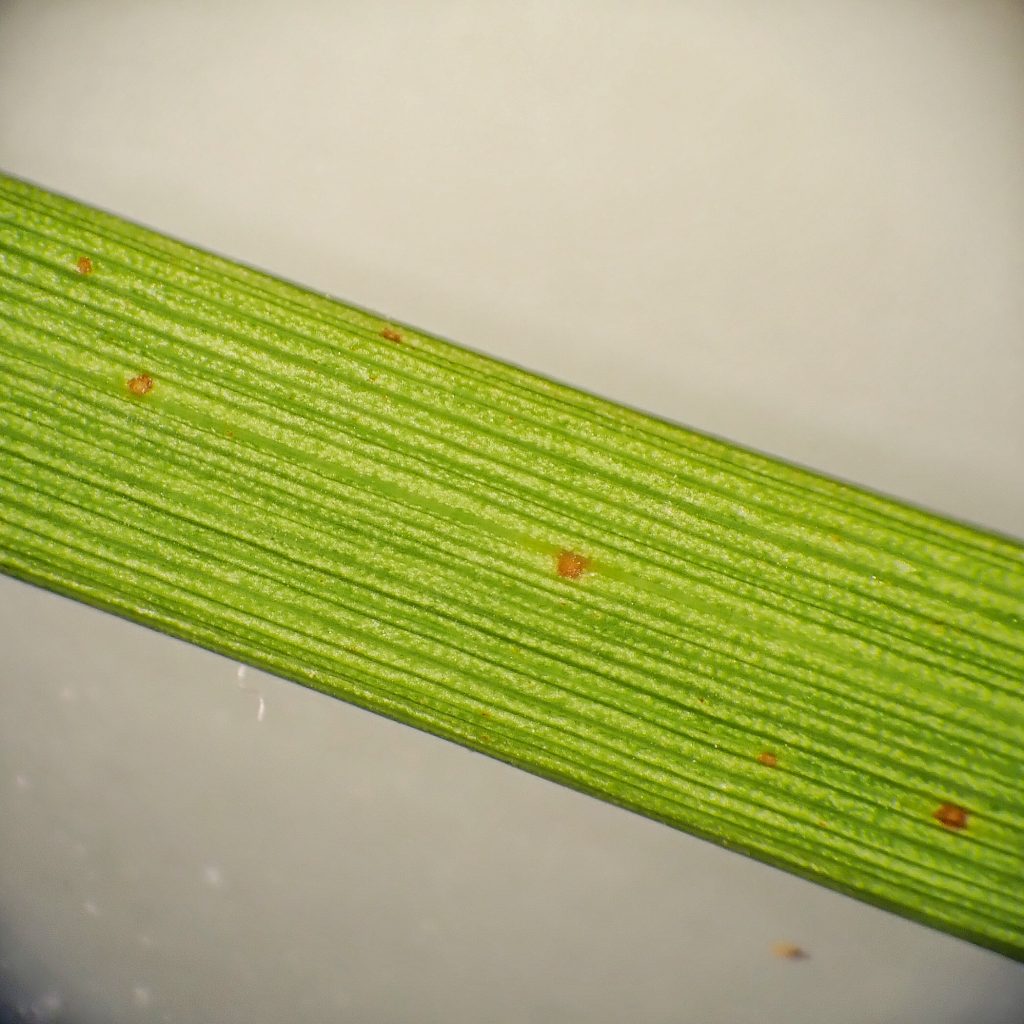
Habitat-Open to partly shaded wetlands, shorelines (of rivers, lakes, and ponds) ditches, moist fields, up to 3300’ elevation.
Range-Worldwide; region wide in appropriate habitat, but absent from shrub steppe.
Reproductive timing-Flowers May to August; pollinated by wind.
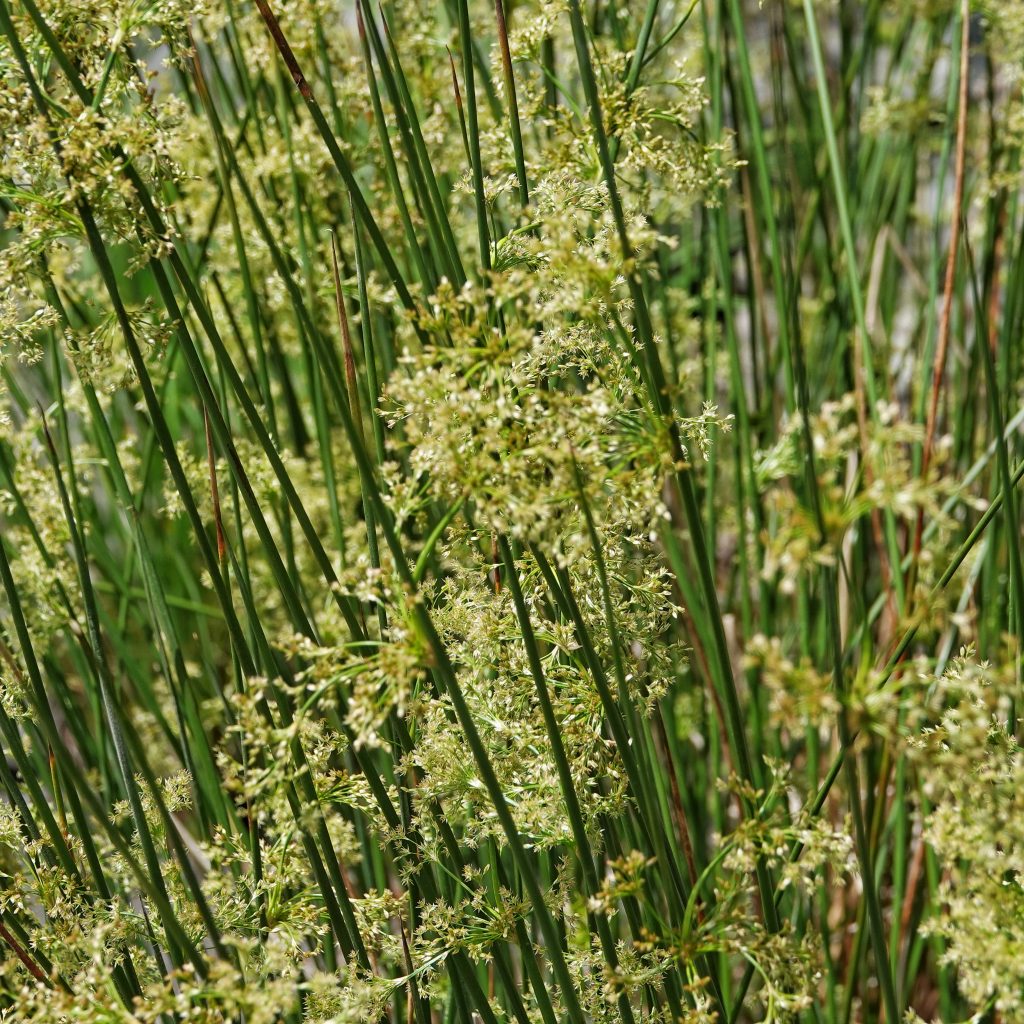
Eaten by– The larvae of the leaf mining sawfly Eutomostethus luteiventris and the leaf mining fly Cerodontha luctuosa are known to feed on this species; several species of leaf beetles, shield-backed bugs (including Homaemus aenifrons), and stink bugs are associated with Juncus spp. in general, but I can’t find a specific reference to this species; occasional larval host for the moths Glyphipterix montisella and G. juncivora; some larvae of the moth genus Coleophora feed on the seeds; many seed eating birds, rodents, and lagiomorphs (rabbits, etc) eat the seeds, and muskrats and nutria eat the roots; deer, elk, and other browsers apparently find it unpalatable.
Etymology of names–Juncus is from the Greek word for ‘rushes’. The specific epithet effusus is from the Latin word for ‘pour out’, a reference to the lateral inflorescence which seems to ‘pour out’ from the stem.
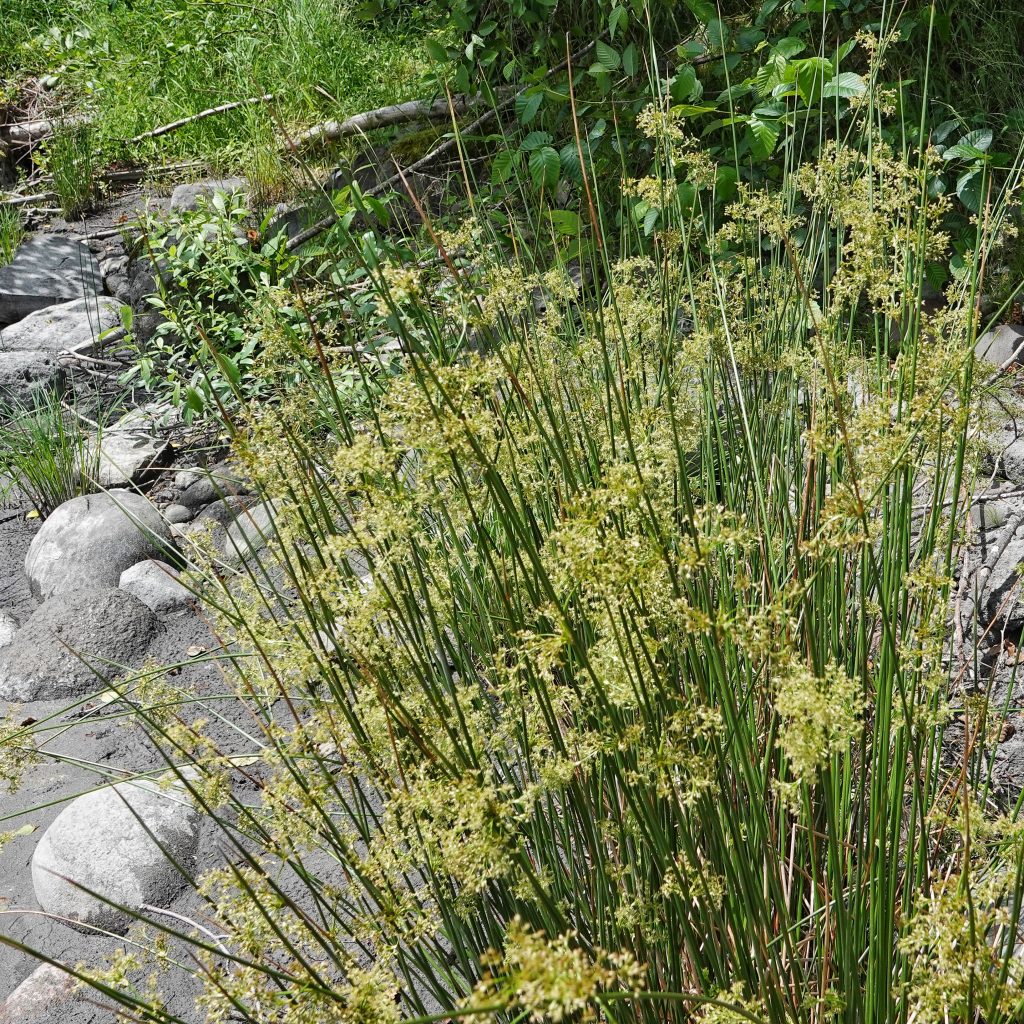
https://plants.usda.gov/DocumentLibrary/plantguide/pdf/pg_juef.pdf
BRIT – Native American Ethnobotany Database
https://pfaf.org/user/plant.aspx?LatinName=Juncus+effusus
OregonFlora Juncus effusus ssp. effusus
http://www.efloras.org/florataxon.aspx?flora_id=1&taxon_id=200027403
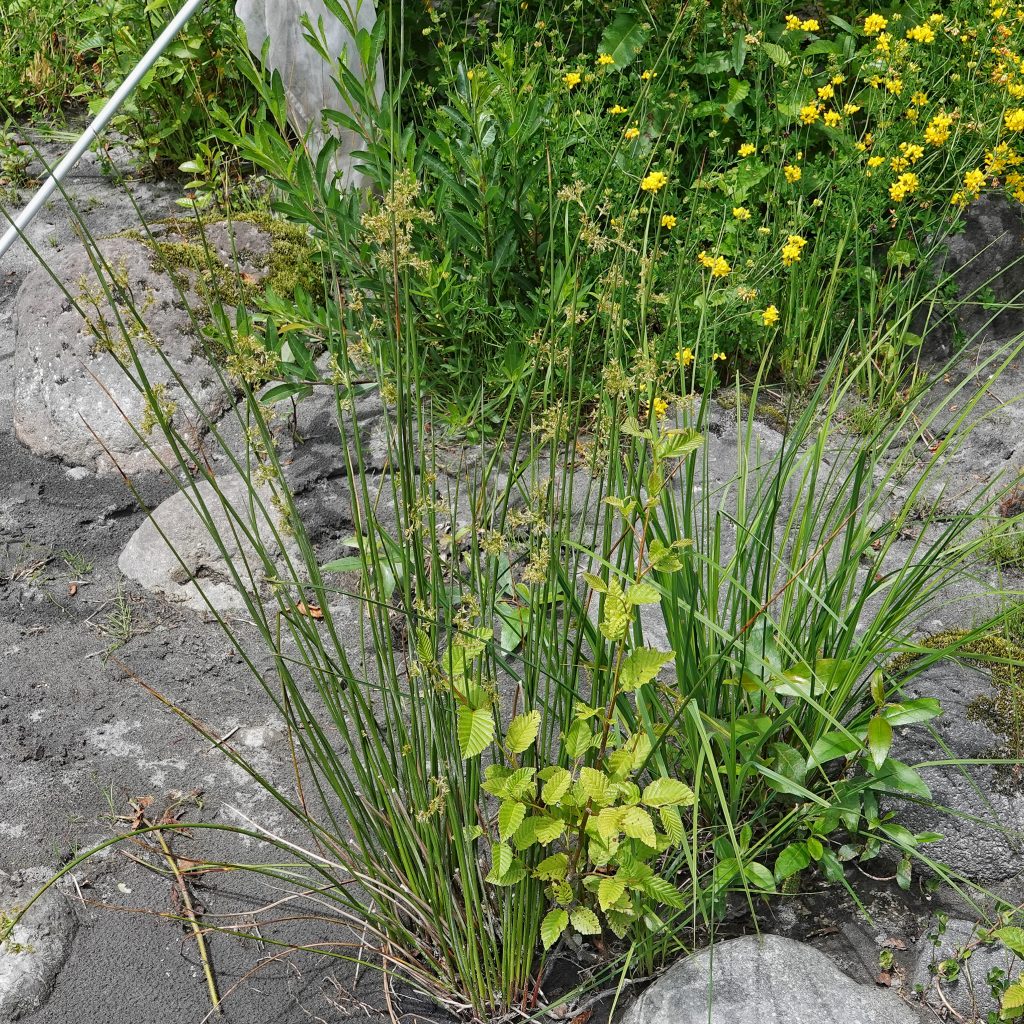
wow, I have this coming up in a spot in my back yard and Ive been wondering what it was going to grow up to be! I also had a large water hemlock grow by it… had to remove that one.
Makes me happy that this was timely and useful to you, Amanda!
Thanks for this project! Love the rushes- hope you take on some sedges too! “Sedges have edges, rushes are round.” And Lupinus lepidus v lobbii is a favorite too, found high in the Cascades.
My father was a UW botanist, and my godfather was C Leo Hitchcock, author of “Taxonomy of Plants in the Pacific Northwest” – I’m sure they’d enthuse over your project too (from beyond the grave). Don’t hesitate to reach out to the botanical/naturalist community to enrich your profiles- I came to your project via Terry McIntosh’s Facebook page. Nancy Turner at UVic is an ethnobotanist non pariel, a valuable reference too. And Pojar and MacKinnon!
Good luck!
Thanks for your appreciation, Arle! I’d like to think Hitchcock would approve (I use Flora of the Pacific Northwest on every botanical post) but I’m pretty sure I’m not precise enough for Leo. I use Terry’s expertise a lot when I’m working on mosses. He’s been extremely helpful! I’ve noticed that most experts in the biological fields are so enthusiastic about the subject that they are very helpful.
Oh, I do intend to do some sedges! Just haven’t quite worked up the nerve yet😀